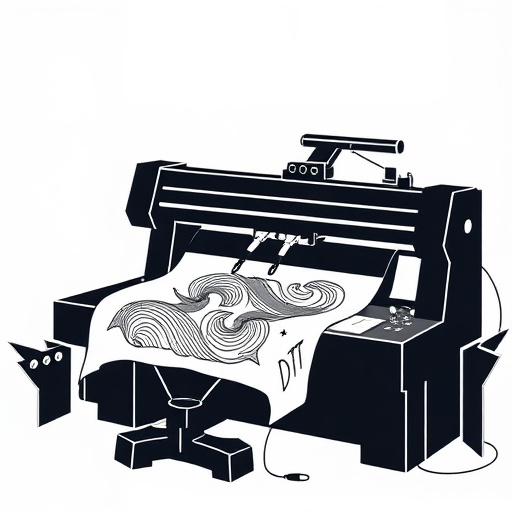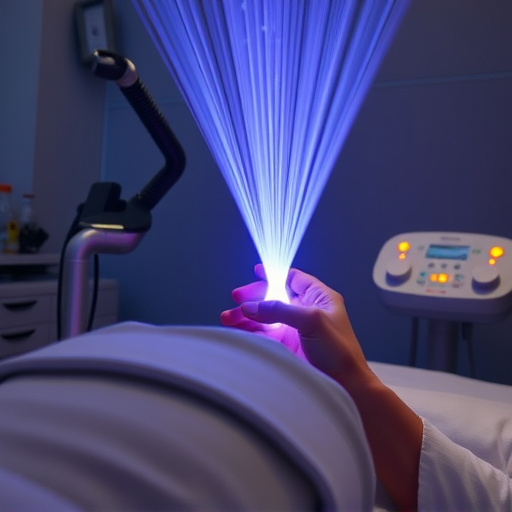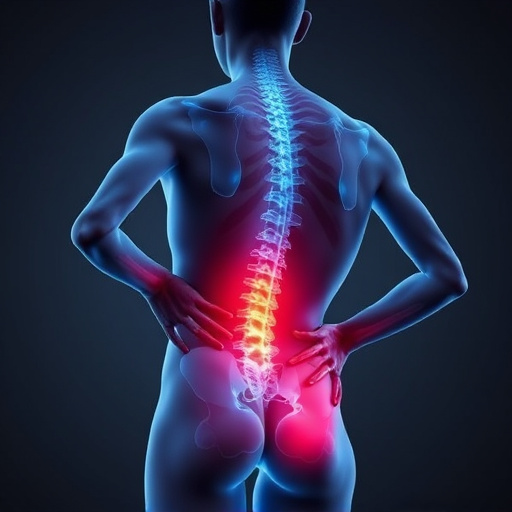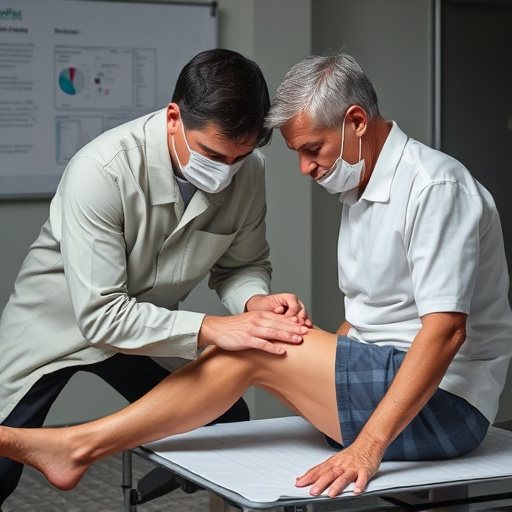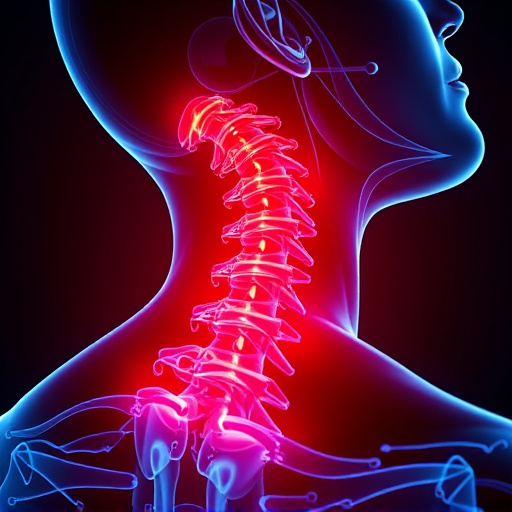Shockwave therapy offers non-invasive shockwave tendonitis relief, using high-energy sound waves to stimulate healing in damaged tendons. This method treats multiple tendons simultaneously, integrating into comprehensive pain management and injury rehabilitation plans. Ideal for chronic tendinopathy sufferers, it streamlines rehab, potentially reducing costs and time. However, successful outcomes require meticulous patient selection by healthcare professionals.
“Discover how shockwave therapy, a non-invasive treatment for tendonitis, offers potential benefits beyond targeted relief. This article explores the capability of shockwave tendonitis relief to treat multiple tendons simultaneously, an intriguing prospect in sports medicine. We delve into the science behind this technique, examining its effectiveness in addressing chronic tendinopathy across various joints. Understanding the advantages and considerations for concurrent treatment can provide athletes and patients with valuable insights into their recovery options.”
- Understanding Shockwave Therapy for Tendonitis
- Targeting Multiple Tendons: Is It Effective?
- Benefits and Considerations for Concurrent Treatment
Understanding Shockwave Therapy for Tendonitis
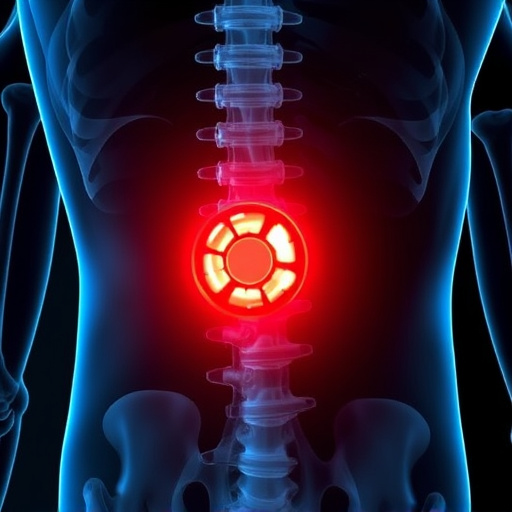
Shockwave therapy for tendonitis has gained popularity as a non-invasive treatment option for those seeking shockwave tendonitis relief. This cutting-edge approach utilizes focused, high-energy sound waves to stimulate healing in damaged tendons. By targeting specific areas of the body affected by tendonitis, shockwave therapy can potentially offer simultaneous relief for multiple tendons.
The procedure is often recommended as part of an overall pain management and injury rehabilitation strategy. It works by creating micro-tears in the tendon, which prompts the body’s natural healing response, leading to increased blood flow and tissue regeneration. This innovative technique has shown promising results for individuals struggling with chronic tendonitis, offering a potential alternative to more invasive procedures and providing much-needed back pain relief.
Targeting Multiple Tendons: Is It Effective?
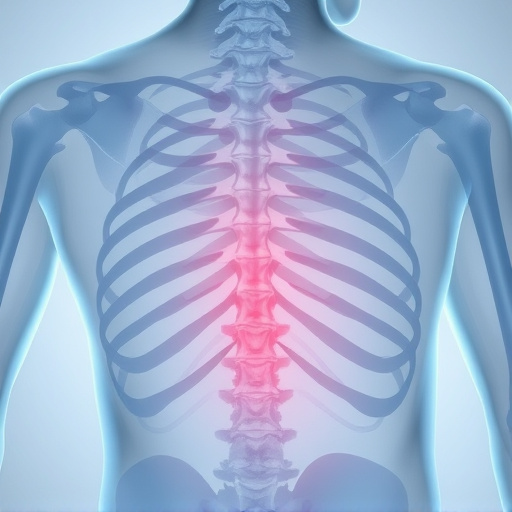
One of the potential advantages of shockwave tendonitis relief is its ability to target multiple tendons simultaneously. Unlike traditional treatments that often focus on a single tendon, this non-invasive approach can be highly effective for individuals suffering from chronic tendinopathy affecting several areas. By delivering acoustic waves to the affected tissues, shockwave therapy stimulates tissue repair and regeneration across various tendons, offering a comprehensive solution.
This multi-targeting approach is especially beneficial for athletes or active individuals who engage in activities that put repeated stress on multiple joints and their associated tendons. It streamlines the injury rehabilitation process by consolidating treatments into fewer sessions, potentially reducing overall costs and time commitment compared to therapies focusing on individual tendons. Therapeutic exercises may still be incorporated into a patient’s recovery plan to strengthen and support the treated tendons during and after shockwave therapy.
Benefits and Considerations for Concurrent Treatment
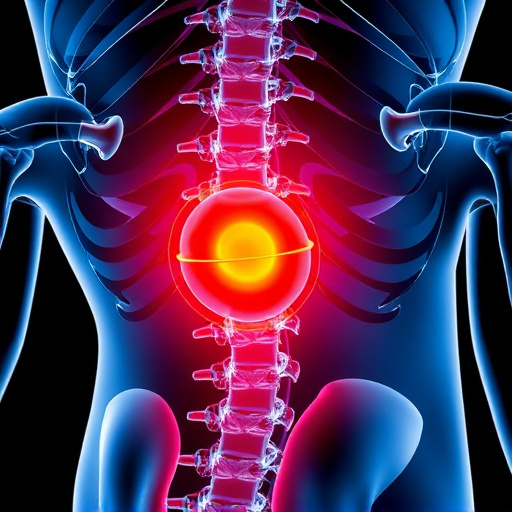
One of the significant advantages of shockwave tendonitis relief is its ability to target multiple tendons simultaneously. This non-invasive treatment has gained popularity as an effective solution for those suffering from chronic tendinopathy, especially after car accidents or other traumatic injuries. By delivering targeted acoustic waves to the affected areas, it promotes healing and can significantly improve mobility and reduce pain.
When considering concurrent treatment of multiple tendons, several factors come into play. This approach is particularly beneficial for individuals with complex conditions involving several tendons, offering a time-efficient solution. However, patient selection is crucial; not all cases are suitable for simultaneous treatment. Healthcare professionals must assess the severity of each tendon’s involvement and ensure proper alignment of treatment goals to maximize results and enhance post-treatment recovery.
Shockwave tendonitis relief offers a promising approach to treating multiple tendons simultaneously, potentially providing faster and more effective results compared to traditional methods. By focusing on both local and systemic inflammation, this non-invasive therapy can be a game-changer for athletes and individuals suffering from chronic tendon issues. While further research is needed to optimize treatment protocols, the benefits of targeting multiple tendons concurrently are encouraging, suggesting a new frontier in sports medicine and pain management.



